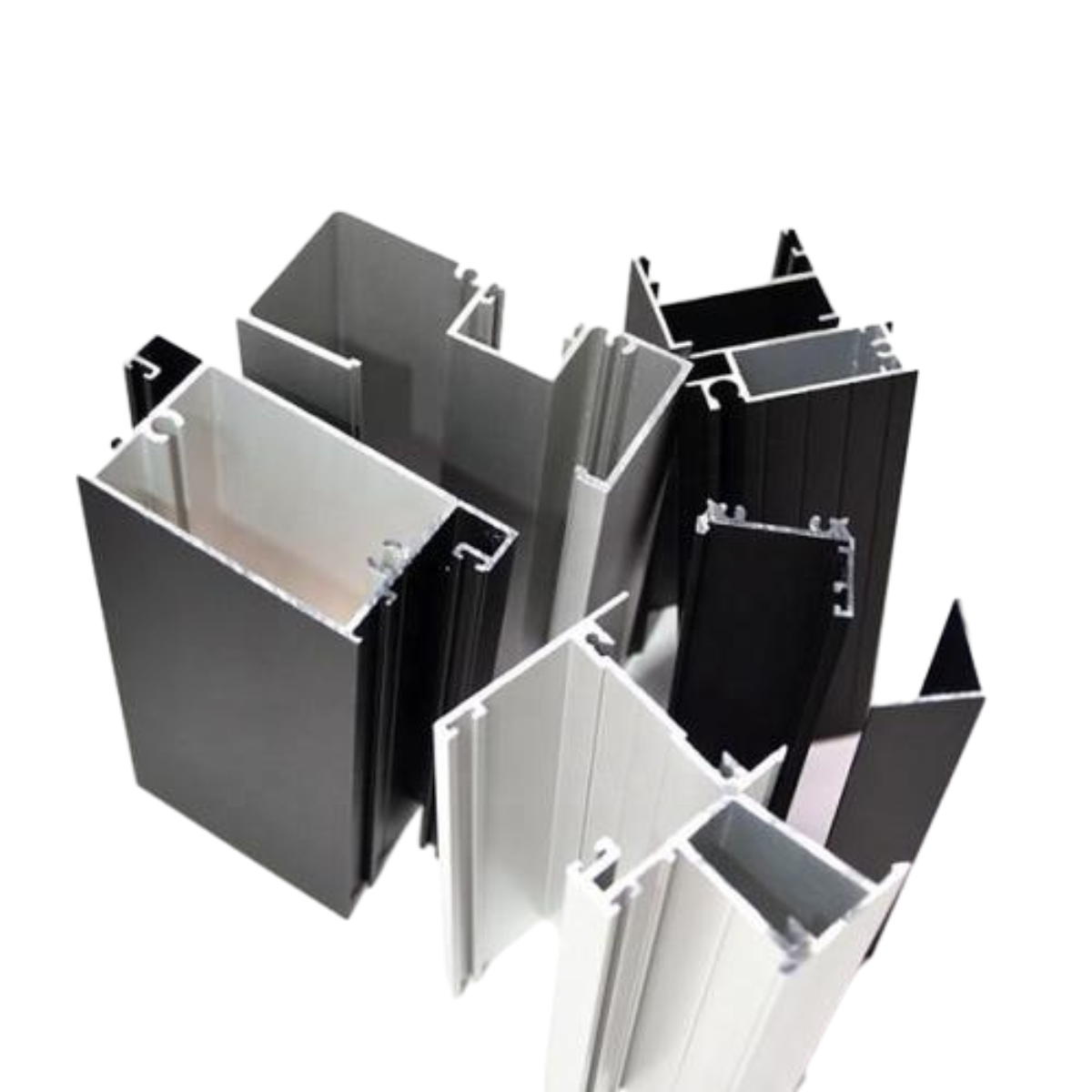Essential Components for Iron Railing Construction and Maintenance
Understanding Iron Railing Parts A Comprehensive Guide
Iron railings have long been a popular choice for both residential and commercial properties, providing not only security but also aesthetic appeal. The strength and durability of iron make it an excellent material for various applications, from balconies and staircases to fences and gates. Understanding the parts of iron railings is crucial for anyone considering installation or maintenance. In this article, we will explore the essential components that make up iron railing systems, their functions, and how they contribute to the overall design and safety of a structure.
1. Posts
The posts are the vertical support structures that serve as the backbone of any iron railing system. Typically made of solid iron, they are installed at regular intervals to provide stability and support for the railing. Posts come in various designs, from simple and functional to ornate and decorative. They are crucial in ensuring that the railing can handle weight and pressure while maintaining its structural integrity.
2. Rails
Rails are the horizontal components that connect the posts and create the barrier of the railing system. There are usually two types of rails in a standard iron railing the top rail and the bottom rail. The top rail is designed for safety and support, while the bottom rail helps secure the panels or balusters. Rails can vary in thickness and design, with options ranging from sleek and modern to intricate and classical patterns, allowing customization to match the overall aesthetic of the property.
3. Balusters
Balusters are the vertical pieces that fill the spaces between the rails, acting as both a safety measure and a decorative feature. They can be found in various designs, from straight and simple to more elaborate styles that incorporate curves and shapes. The spacing between balusters is important to adhere to building codes, as it ensures that the railing is safe for both children and pets, preventing accidental falls through the gaps.
iron railing parts

4. Finials
Finials are decorative elements that are often placed on the tops of the posts. They serve not only as an enhancement to the aesthetic appeal but also as a finishing touch to the railing system. Finials can come in various designs, including traditional ornamental shapes or more modern, minimalist styles, allowing for a personal touch in the overall design.
5. Brackets and Connectors
Brackets and connectors are essential for securing the various components of the railing system. Brackets hold the rails in place against the posts, while connectors might be used to join different sections of railing together. These components are crucial for maintaining the stability and strength of the railing, especially in outdoor environments where exposure to the elements can lead to wear and tear over time.
6. Coatings and Finishes
Iron railings typically undergo coatings and finishes to enhance their durability and resistance to rust and corrosion. Powder coating is a popular choice, providing a smooth, protective layer that comes in various colors. This not only helps in prolonging the life of the railing but also offers an opportunity for customization to match the property’s exterior.
Conclusion
Iron railings are more than just functional barriers; they serve as significant architectural elements that enhance the character of a property. Understanding the various parts of iron railings, including posts, rails, balusters, finials, brackets, and coatings, is essential for anyone considering their installation or maintenance. By selecting the right components, homeowners and builders can create a railing system that is both beautiful and safe, reflecting personal style while enhancing property value. Whether for a modern home or a classic estate, well-designed iron railings can be a stunning and practical addition to any setting.
-
Wrought Iron Components: Timeless Elegance and Structural StrengthNewsJul.28,2025
-
Window Hardware Essentials: Rollers, Handles, and Locking SolutionsNewsJul.28,2025
-
Small Agricultural Processing Machines: Corn Threshers, Cassava Chippers, Grain Peelers & Chaff CuttersNewsJul.28,2025
-
Sliding Rollers: Smooth, Silent, and Built to LastNewsJul.28,2025
-
Cast Iron Stoves: Timeless Heating with Modern EfficiencyNewsJul.28,2025
-
Cast Iron Pipe and Fitting: Durable, Fire-Resistant Solutions for Plumbing and DrainageNewsJul.28,2025
-
 Wrought Iron Components: Timeless Elegance and Structural StrengthJul-28-2025Wrought Iron Components: Timeless Elegance and Structural Strength
Wrought Iron Components: Timeless Elegance and Structural StrengthJul-28-2025Wrought Iron Components: Timeless Elegance and Structural Strength -
 Window Hardware Essentials: Rollers, Handles, and Locking SolutionsJul-28-2025Window Hardware Essentials: Rollers, Handles, and Locking Solutions
Window Hardware Essentials: Rollers, Handles, and Locking SolutionsJul-28-2025Window Hardware Essentials: Rollers, Handles, and Locking Solutions -
 Small Agricultural Processing Machines: Corn Threshers, Cassava Chippers, Grain Peelers & Chaff CuttersJul-28-2025Small Agricultural Processing Machines: Corn Threshers, Cassava Chippers, Grain Peelers & Chaff Cutters
Small Agricultural Processing Machines: Corn Threshers, Cassava Chippers, Grain Peelers & Chaff CuttersJul-28-2025Small Agricultural Processing Machines: Corn Threshers, Cassava Chippers, Grain Peelers & Chaff Cutters












